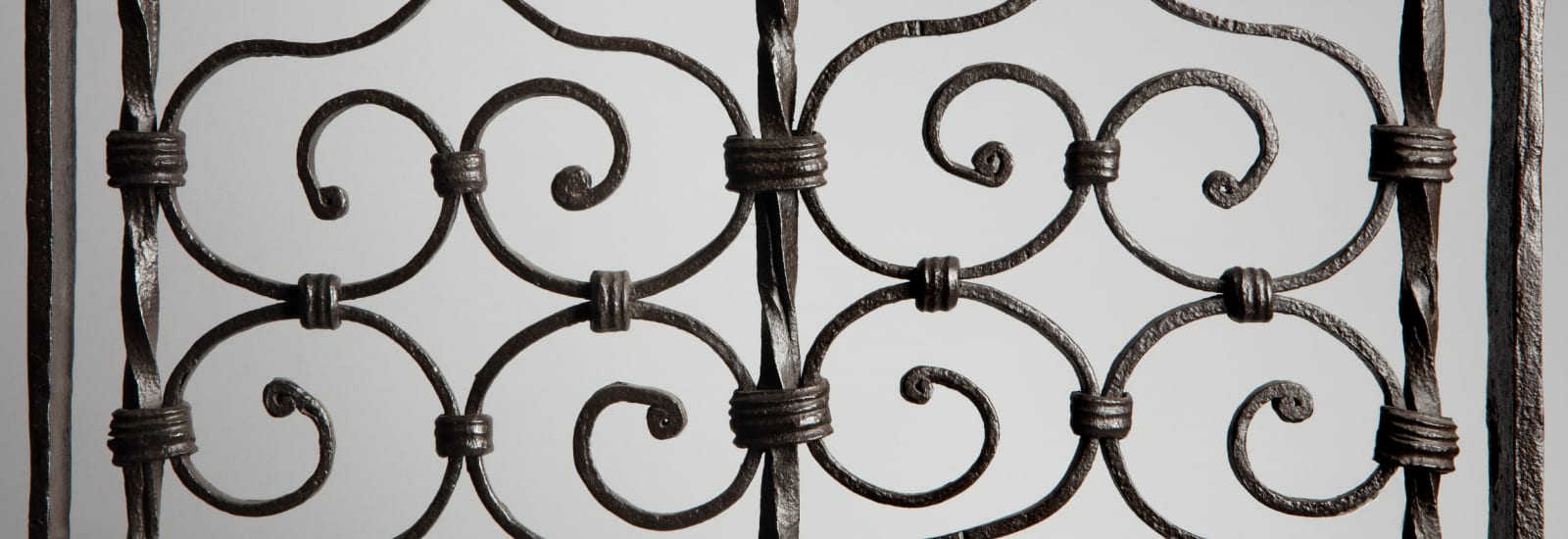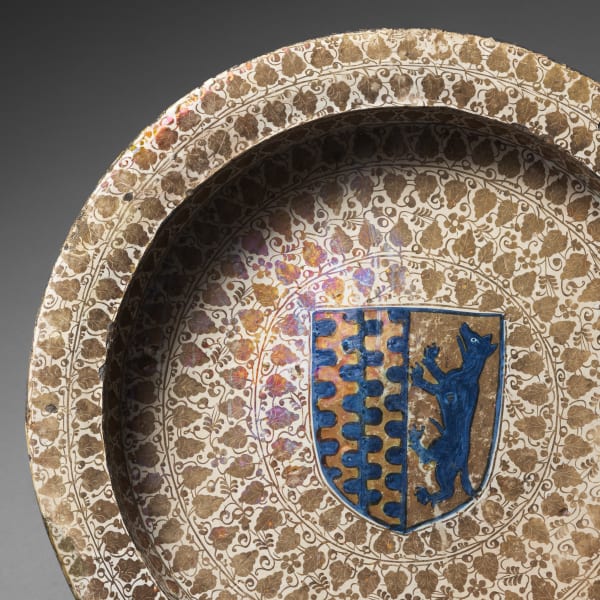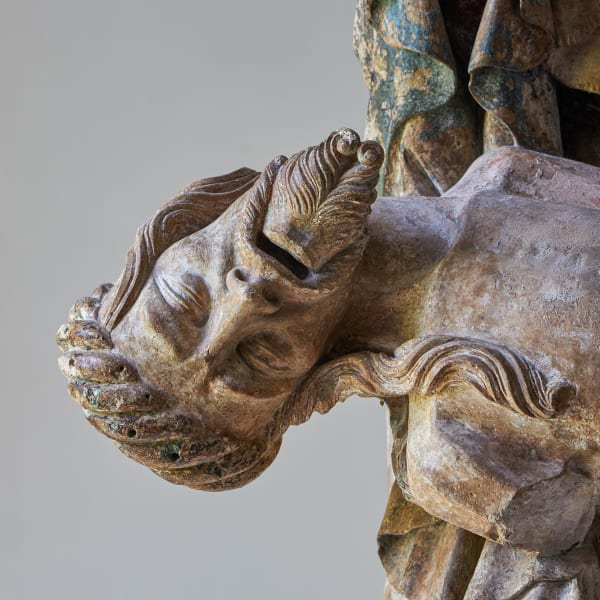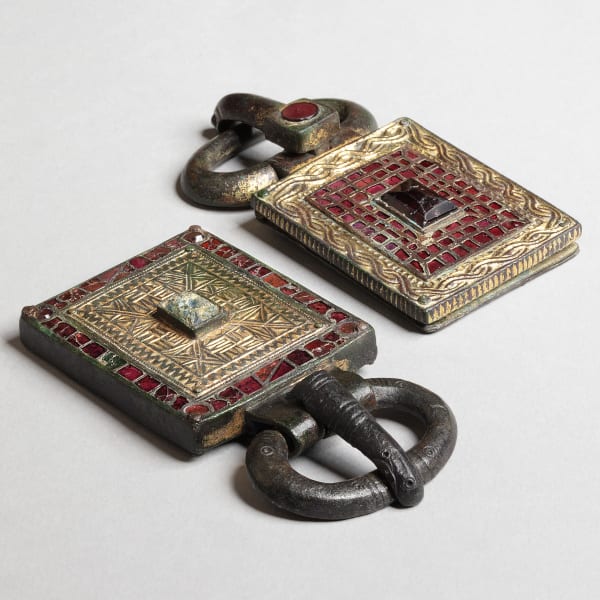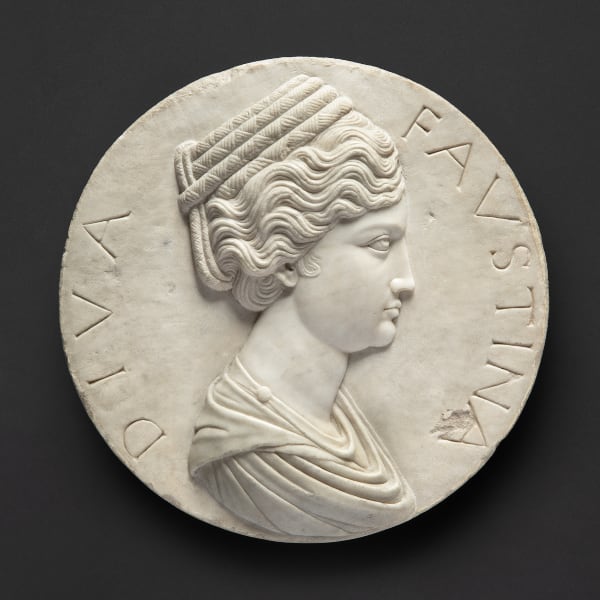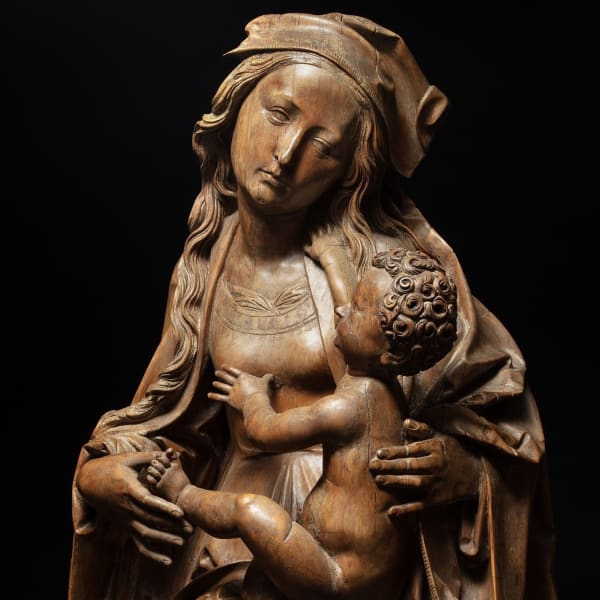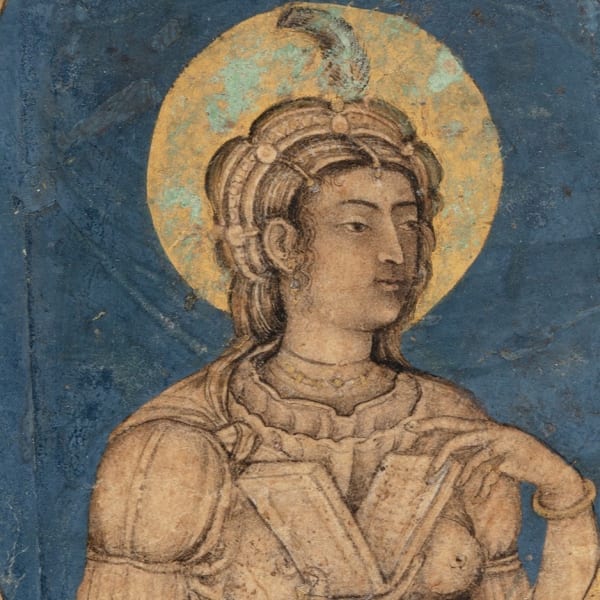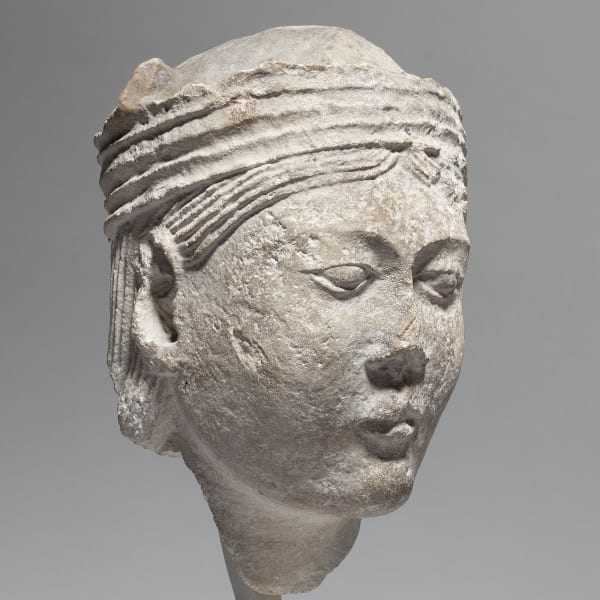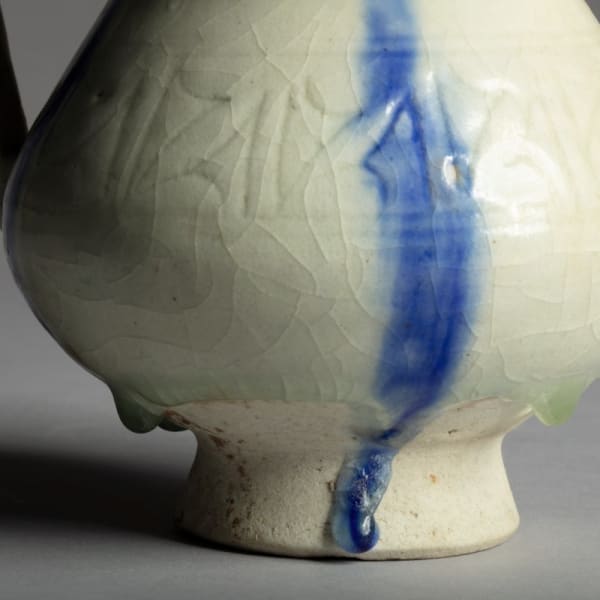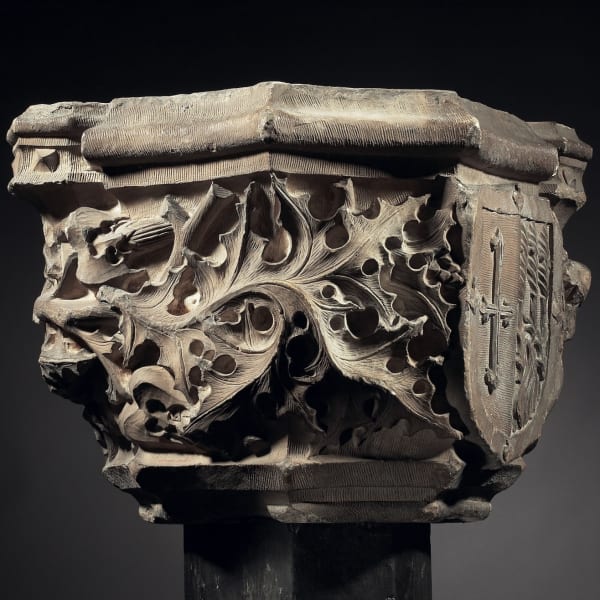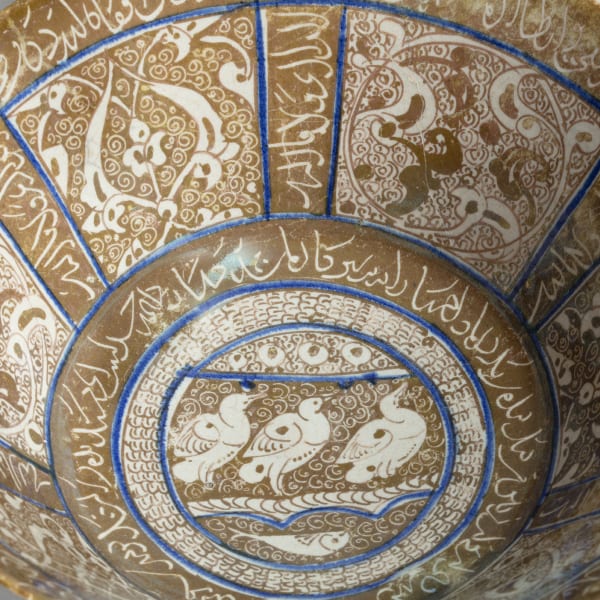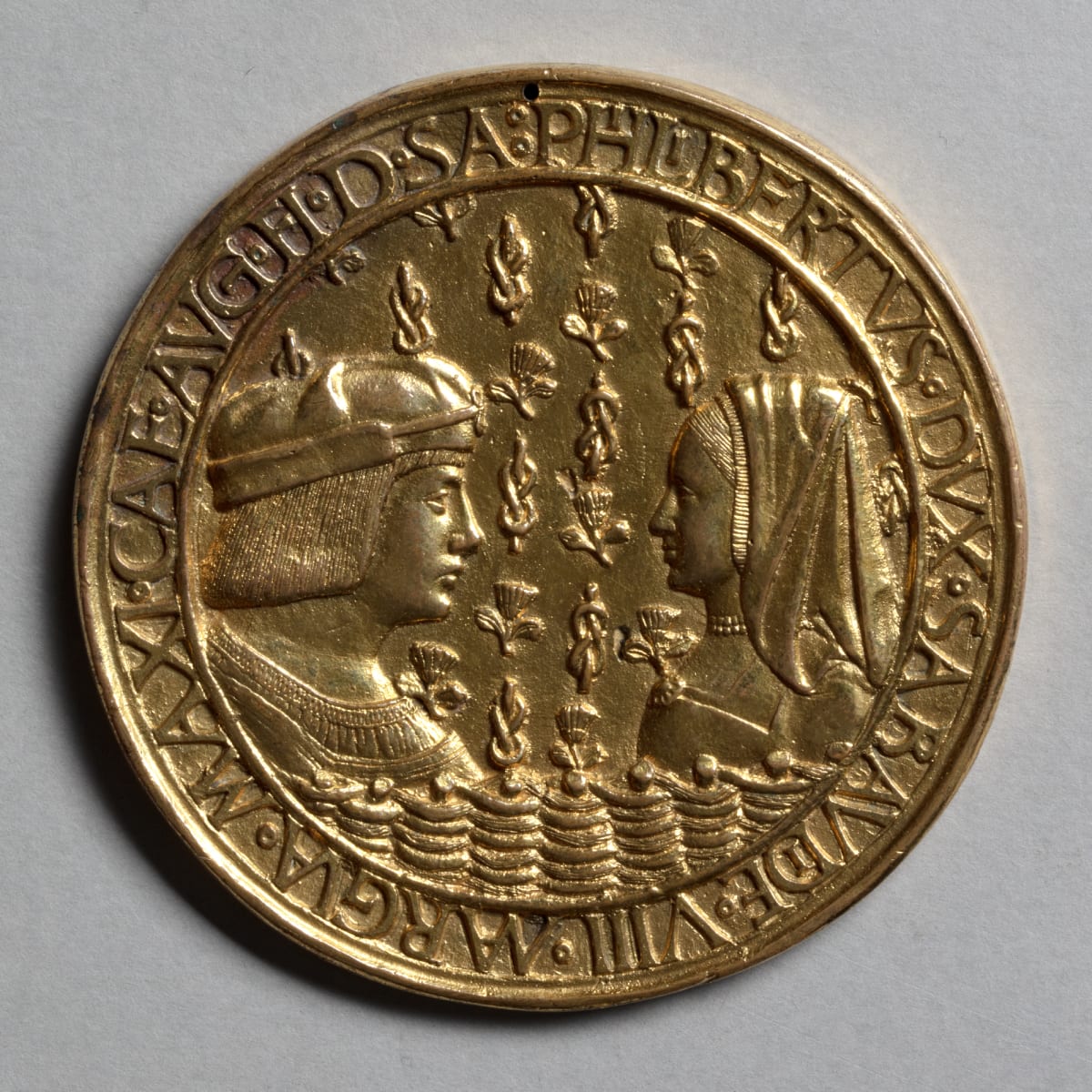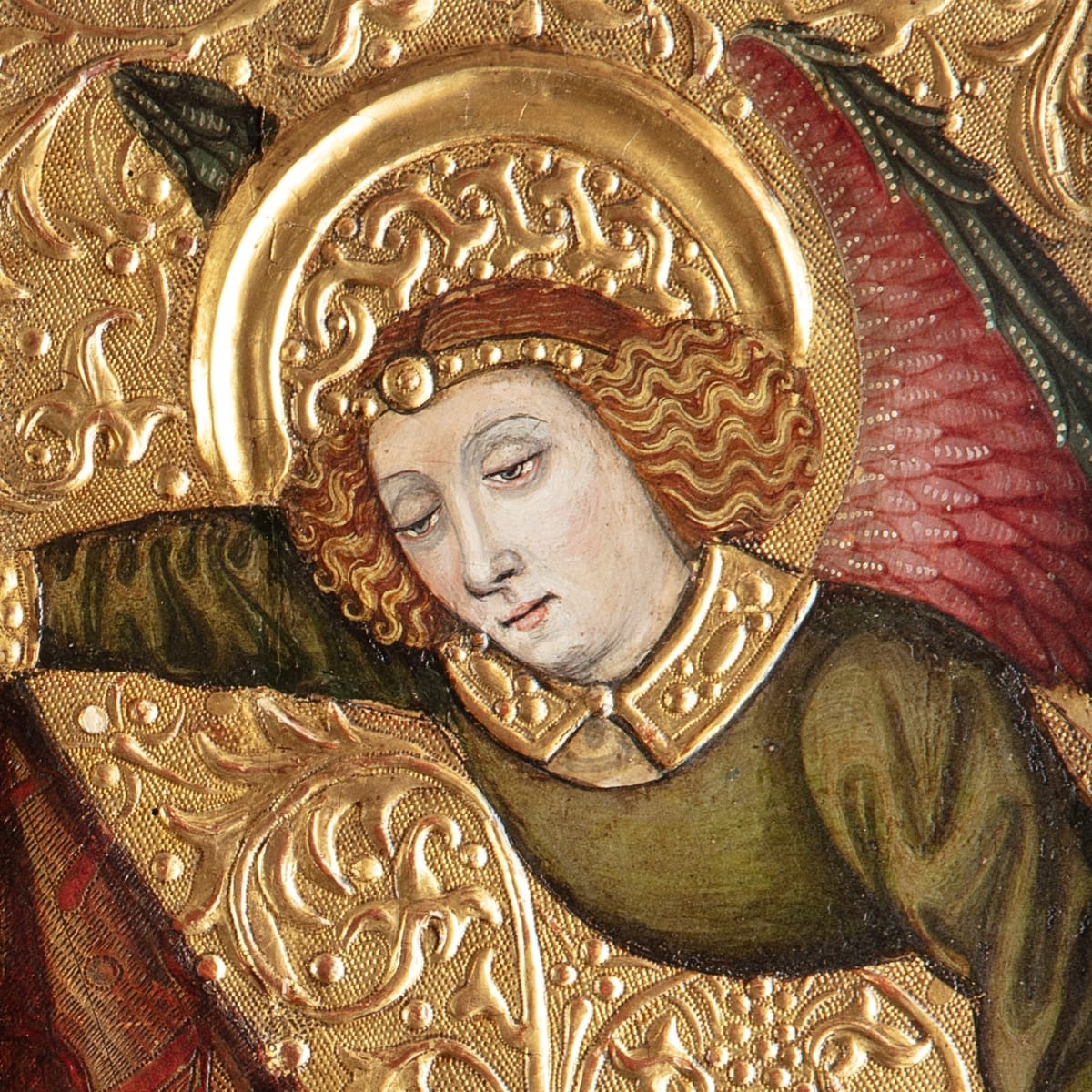
Broadly speaking, 'secular art' (what might also be called 'profane') defines a realm of objects whose imagery or function are neither dictated nor restricted by religious dogma. Of course, we cannot extricate religion from our understanding of what existence must have meant for people living during the later Middle Ages. There were no clear-cut boundaries between ‘religious’ and ‘secular’ realms. Instead, religion was a constant backdrop to daily life, and every member of society, from rich to poor, lived to a greater or lesser extent by the rules, structures, aspirations and fears offered by their faith. But within this overarching view, life outside of the church walls was not so dissimilar to our own. Objects kept within medieval homes, including those intended for a private audience, those used for feasts and gatherings, or those that reveal social interactions at a level unbound by purely religious ends, offer a tantalizing view of the ‘other side’ of medieval existence.
The thirty-six works of art in this exhibition (our first dedicated purely to 'secular' art) encompass ironwork, books, textiles, furniture, ceramics, mortars, stained glass roundels, jewellery, domestic stone carvings and cutlery. They are divided into four categories: things which composed and decorated the home; things which include images of the people and the fashioning or self-fashioning of the face and body; things which adorned the theatre of the dining table; and things which speak of love, war, and chivalric idealism. They invite us to enter the homes of the medieval populace, to look on what they saw and used, and to glimpse a little of how they viewed themselves as mortal humans in a world of story-telling.
